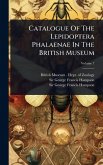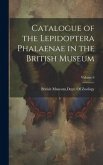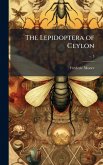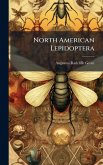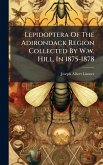This is the second part of the "Catalogue Of Eastern And Australian Lepidoptera Heterocera In The Collection Of The Oxford University Museum," by Charles Swinhoe. It provides a detailed listing and classification of moths (Heterocera) from Eastern and Australian regions held within the Oxford University Museum's collection. This catalogue serves as a valuable resource for entomologists, researchers, and historians of science, offering insights into the diversity and distribution of Lepidoptera and contributing to the understanding of insect taxonomy and biogeography. The detailed descriptions and classifications make it an essential reference work for anyone studying these fascinating insects or exploring the historical collections of Oxford University Museum. This work has been selected by scholars as being culturally important, and is part of the knowledge base of civilization as we know it. This work was reproduced from the original artifact, and remains as true to the original work as possible. Therefore, you will see the original copyright references, library stamps (as most of these works have been housed in our most important libraries around the world), and other notations in the work. This work is in the public domain in the United States of America, and possibly other nations. Within the United States, you may freely copy and distribute this work, as no entity (individual or corporate) has a copyright on the body of the work. As a reproduction of a historical artifact, this work may contain missing or blurred pages, poor pictures, errant marks, etc. Scholars believe, and we concur, that this work is important enough to be preserved, reproduced, and made generally available to the public. We appreciate your support of the preservation process, and thank you for being an important part of keeping this knowledge alive and relevant.
Bitte wählen Sie Ihr Anliegen aus.
Rechnungen
Retourenschein anfordern
Bestellstatus
Storno

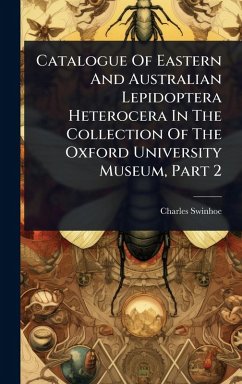
![Catalogue Of The Specimens Of Dermaptera Saltatoria And Supplement Of The BlattariÃ] In The Collection Of The British Museum, Parts 1-4 Catalogue Of The Specimens Of Dermaptera Saltatoria And Supplement Of The BlattariÃ] In The Collection Of The British Museum, Parts 1-4](https://bilder.buecher.de/produkte/74/74637/74637645m.jpg)
